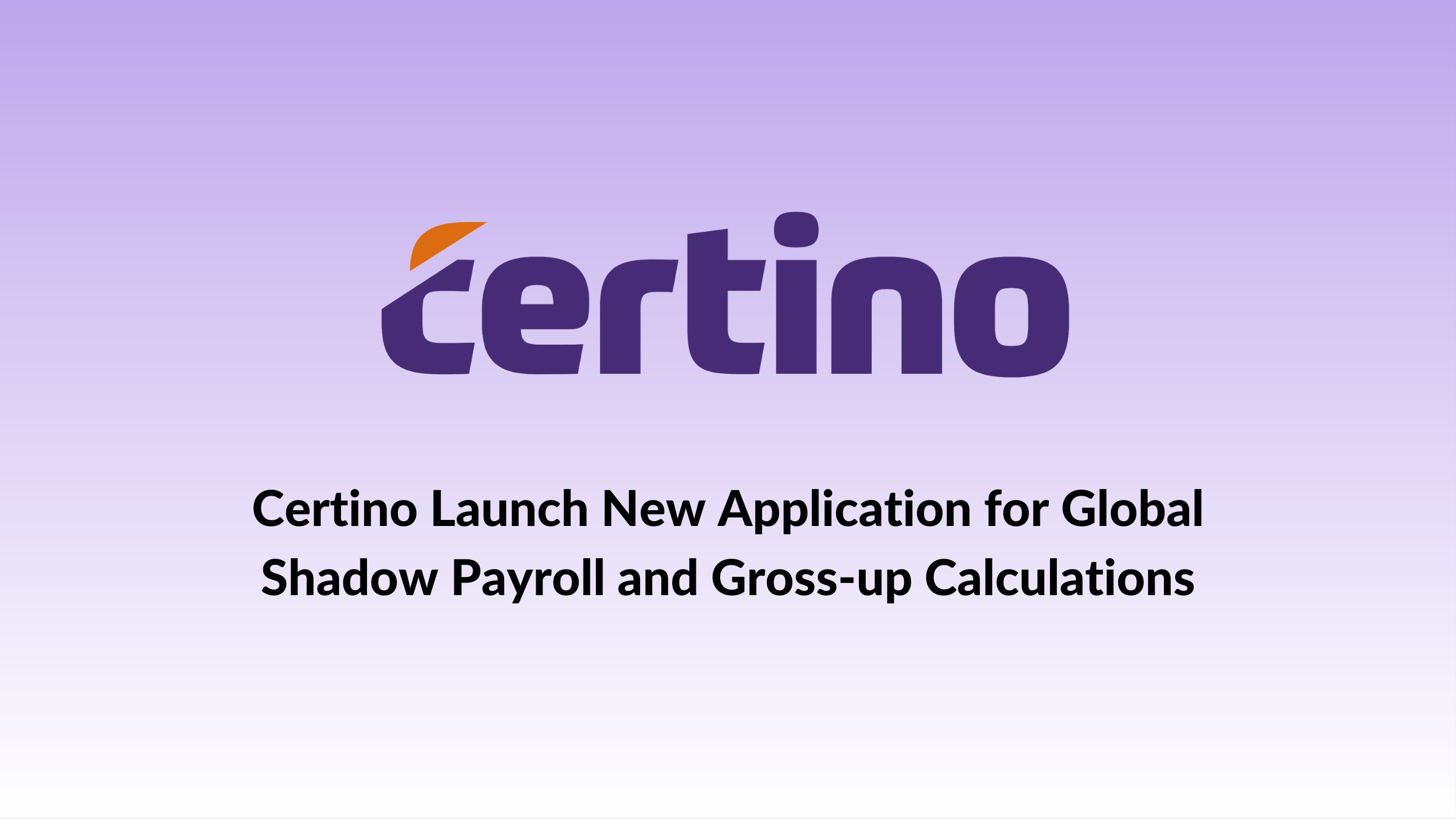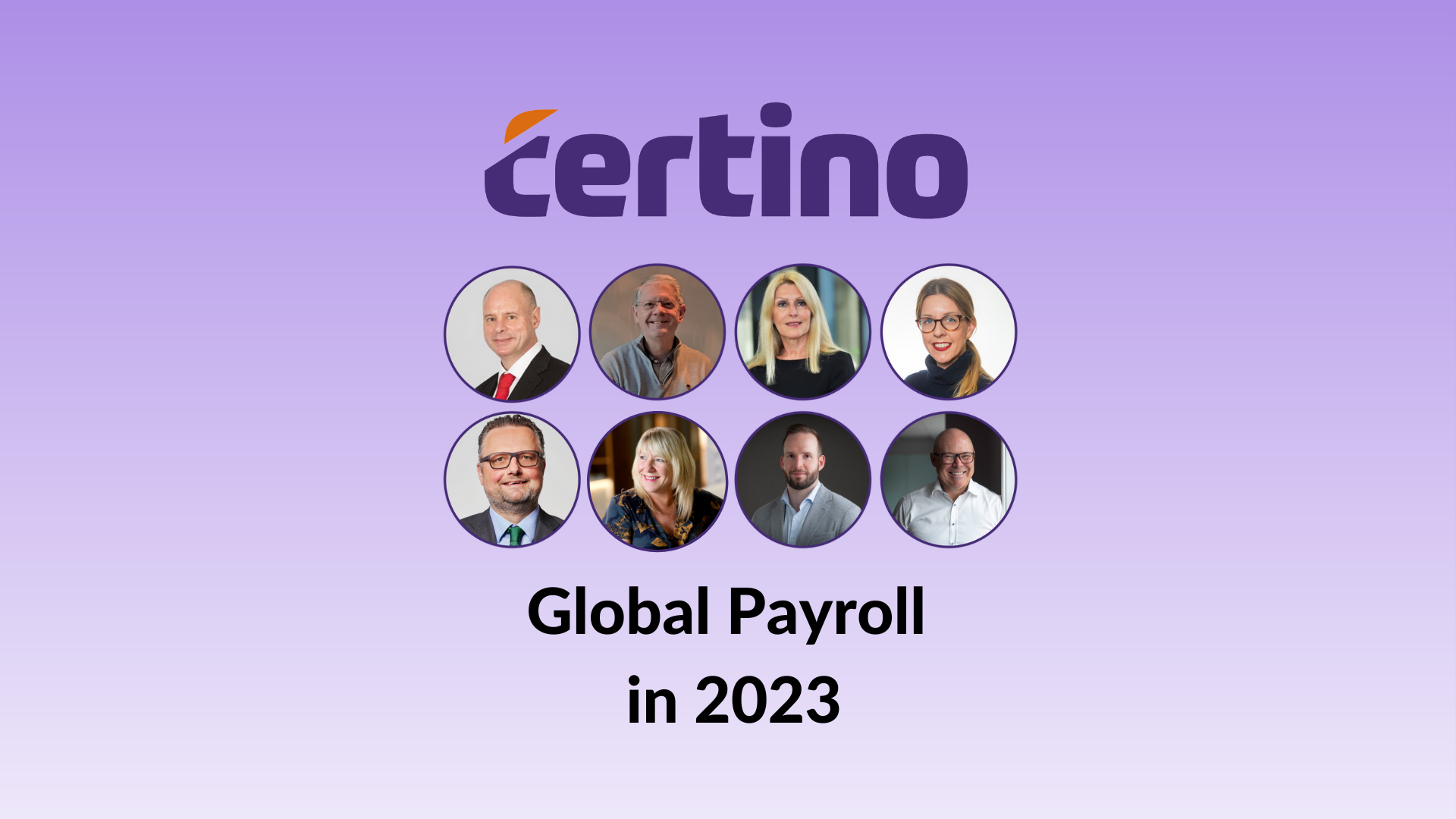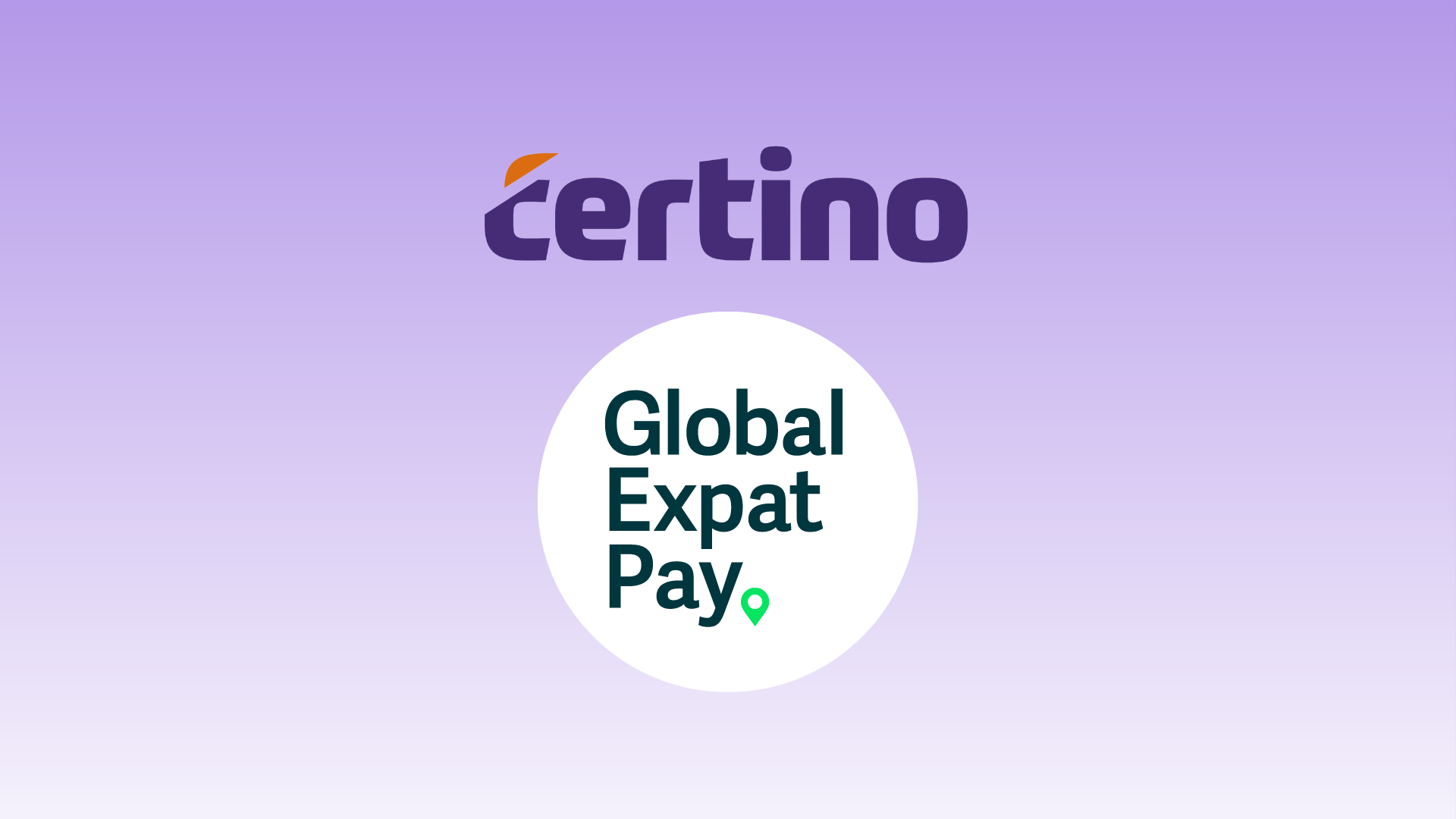If you’re responsible for shadow payroll in your company, you’ll probably agree it’s not an easy task. In You may be struggling with a mix of tools and methods that don’t always work well together. Or, you might be using a spreadsheet that you’ve outgrown as your company scales up their employees with shadow payroll requirements.
It’s fair to say that shadow payroll can be one of the most time-consuming and costly global mobility business processes. That’s why making sure shadow payroll is as efficient as possible is crucial, especially for companies that handle a large volume of globally mobile employees.
Automated systems will ensure timely delivery, accuracy, and reliability. They eliminate the need for unnecessary human intervention and provide consistent results, and excellent cost-savings.
If this makes you wonder how or why automated shadow payroll processes are an improvement over manual processes; let’s take you through a comparison.
Manual shadow payroll
Manual shadow payroll is clearly a lengthy process as many of the steps must be managed with a lot of human effort. It’s prone to bottlenecks, and involves a lot of coordination, deadlines, verification, and approvals, which means the scope for human error is huge. With data not up-to-date or available in real-time, reports won’t be available immediately either. What’s more, this approach cannot easily increase in scale to support a more globally active workforce.%20(1).png?width=800&name=Untitled%20design%20(40)%20(1).png)
From disparate data in siloed systems to barriers to integrating data in a meaningful way, there can be many reasons why companies still grapple with a manual approach.
For a more in-depth understanding of the differences, let’s describe a typical shadow payroll process.
Let’s say we’ve manually obtained mobile employee assignment details to form an eligibility list as the starting point. You might then;
- Manually retrieve pay and benefit information from the different home payroll systems, sometimes in the format of PDF payslips that require manual transcript of data into Excel.
- Manually pull relocation expense report(s) from a relocation system.
- Obtain equity related data (if applicable) and determine taxability of such income.
- Manually obtain travel data for required population.
- Manually pull these data sets together and apply apportionment (where appropriate).
- Submit the processed data to payroll vendor for gross up calculation.
- Check vendor’s processed data and organise re-runs.
- And finally, manually sift through mass data sets to log costs into the General Ledger for rebilling purposes.
The entire process can take up to 120 hours each month, with dedicated resources, but no system automation. Plus, potentially a lot of holes and process failures. You’re likely to see a lot of human error where the data entry was erroneous or missed. Inconsistency through different people taking different approaches, be it taxability of a wage code, or the way the report is constructed or formatted.
There might be communication errors leading to lost or misinterpreted information. Or errors due to a lack of knowledge or experience of the different nuances of taxability, exemptions and credits. This all makes it incredibly difficult to keep track at a global level.
Manual shadow payroll might still be a viable option, especially when there is only a very small volume of globally mobile employees to process. However, if quality and risk compliance are of paramount importance to your company, it might make sense to look for an alternative.
Automated shadow payroll
An automated shadow payroll process, on the other hand, uses a specialised shadow payroll platform. This type of platform can automate almost all the steps of the shadow payroll process and requires only minimal human intervention. It ensures efficiency and eliminates effort.
You can flexibly adapt and scale to changing needs, provide 24-hour service availability, comply with all legal requirements, and free up time using shadow payroll software tailored specifically for your business needs. No bottlenecks, no data issues, and no struggling to get something working with other software or a particular country’s tax system. Just shadow payroll that works.
If we take that same manual scenario described above and look at it from an automated perspective, here’s how it might look.
- Global eligibility list generated on scheduled date(s), which then triggers compatible data feeds from various systems (Assignment management, HR, Home Payroll, Travel tracking etc.).
- Automatic data consolidation and validation upon deposit of complete data sets, with error messages to data owner(s) for online validation or correction.
- All data prepared and comp mapped to the global wage list.
- Calculations initiated based on said eligibility list.
- Calculation result data is fed out into an enterprise BI (Business Intelligence) solution (e.g. Tableau, PowerBI) allowing data to be sliced for both internal and external reporting purposes.
- Payroll instructions based on data provided and calculation results are then transferred in real-time to external platforms via API integrations making sure that income and taxes are reported and remitted in the right place at the right time.
- Automated technical and operational dashboards monitor the health of the process and alert key stakeholders to issues in real-time.
%20(1).png?width=800&name=Untitled%20design%20(41)%20(1).png)
- Data is continuously backed-up and stored in cloud data repositories with appropriate data restoration pathways. (A fully auditable log of all data processing steps is maintained.).
- Periodical review of company specific business rules, data process and validation rules to keep the process up-to-date and relevant; change management processes and business rules defined in a central system are automatically synchronised with other systems to ensure accuracy throughout the process.
This simple, secure, and highly efficient automated shadow payroll system can operate in a consistent way around the clock handling complex calculations, considering all relevant local rules and legislations. It is not limited by normal human constraints such as local tax knowledge or time zones.
It can also assist quality control by providing data visibility, BI reports, having extra validation or generating a system log for internal review and audits.
The potential of shadow payroll automation
An automated shadow payroll system can help save two of your company’s most critical resources – time and money. Even when your company has a low number of globally mobile employees, manual shadow payroll processes can create a mass of unstructured data and lead to errors in calculations and tax filings. The problem only increases as your business grows.
The good news is that a tailored shadow payroll platform can take the burden off your shoulders. An automated shadow payroll platform can replace at least 70-80% of repetitive, rule-based tasks , so that employees can focus on more value-added responsibilities.
Other benefits include:
Highly responsive
With a well-maintained tax calculation engine and database, payroll tax knowledge is more accessible than before. As a result, the calculation response time is hugely decreased by leveraging technology.
Cost efficient
In a comprehensive tax engine like Certino, which has host tax rules and logic for expatriate reliefs available, reliefs will be calculated and given automatically as part of the calculation where allowed. This offers a cost and time efficient solution to many host countries where such reliefs can be claimed through payroll.
People benefit
People are our most important asset. Your mobility team and / or payroll team can be freed up to work on things both benefiting their personal development and the company’s strategy.
Healthier ecosystem
A healthier shadow payroll system can have a ripple effect through the organisation impacting positively the upstream and downstream processes and teams involved. Our clients, in general, report other process improvements associated with the automation of shadow payroll, typically with significant cost savings attached as well.
These are just some of the benefits of developing an automated shadow payroll system. Now it’s time to get down to the key reasons to help build a business case for change.
Building a business case for automated shadow payroll
If you’re involved in shadow payroll and you want to introduce an automated solution, you might be personally convinced that it will create significant benefits for you and your team: more streamlined processes, better visibility, and controls into the execution of your shadow payroll processes, improved fulfilment of compliance obligations, easier and faster generation of required management reports.
But rolling out a global shadow payroll solution requires time and effort. How do you convince management that an automated solution is worth the investment and effort?
Creating a compelling business case will be important to make the argument for a shadow payroll transformation project to your management and to get support from key decision-makers.
So how do you build a strong business case for a shadow payroll solution? There are a number of different benefits to include.
Ensure your business case considers the below benefits;
- Compliance – Identify your current risk vs. any risk with automated shadow payroll.
- Operational – Note any efficiencies and talent impact.
- Financial benefit – Comparing costs and time saved.
- Other efficiencies as associated benefits – Flag here things such as better compensation data, reduced KPI failure, increased morale etc.
- Transparency of costs and knock-on effects to other areas of business e.g. transfer pricing, costing of projects.
- Potential ongoing cost savings through efficiency and filing of correct payroll reporting.
Finally, it’s key to ensure your business case is led and presented by a senior internal stakeholder.
A good shadow payroll process is much more than a tool to improve process efficiencies. It can help manage your company’s most valuable resources: talent, time and money.
Transitioning from a manual process to an automated shadow payroll process can ensure that your organisation stays on the path to continuing growth.
Ready to make that leap? Contact us for a free consultation to see how we can enhance your shadow payroll processes and provide more support for your business case.








